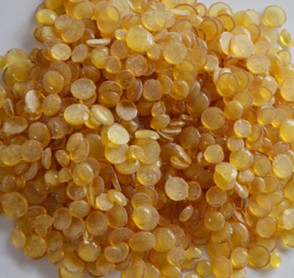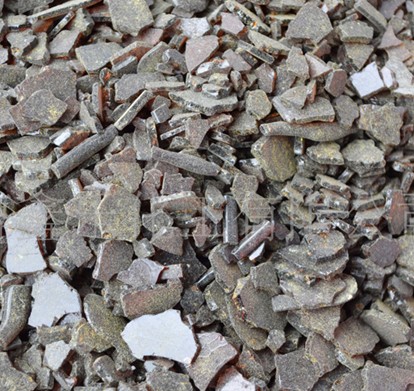
 Language
▼
Language
▼
More Language






Analysis of ink resin technology
I. Definition and core functions
Basic definition:
Ink resin is the carrier of pigment in ink. As the core material, it directly affects the key properties of ink such as viscosity, drying, fluidity and adhesion.
Through chemical bond force, intermolecular force (such as hydrogen bond and van der Waals force) and other mechanisms, the resin binder is combined with the substrate to determine the adhesion strength of the ink.
II. Main classification and characteristics
Classification by chemical structure:
Acrylic resin: strong versatility, suitable for a variety of substrates, often used in environmentally friendly water-based inks (such as Huangshan Ink's solvent-free composite ink).
Polyurethane resin: excellent weather resistance, suitable for polar substrates such as PET and PA, some products can be compounded with non-polar resins (such as chlorinated polypropylene) to expand application scenarios.
Epoxy resin: high mechanical strength and chemical resistance, mostly used for high-durability printed products.
Phenolic resin: outstanding high temperature resistance, suitable for thermosetting ink formula.
UV curing resin (such as silicon-modified acrylate prepolymer): fast curing, high hardness, suitable for vacuum coating and three-proof inks for glass, metal and other substrates.
Classification by application scenario:
Offset resin ink: divided into mineral oil type (low cost) and vegetable oil type (environmentally friendly), the latter can be further subdivided into bright type, quick drying type, etc.
PCB inner layer ink: needs to be tightly bonded to copper foil, Guangxin Materials and other companies improve process stability by self-made resin (such as 11300t/a resin production capacity).
3. Key performance indicators
Solubility and release: The resin needs to be fully dissolved in the solvent to ensure the fluidity of the ink, and the solvent is quickly released during the drying process to form a stable film.
Softening point: affects the temperature resistance of the ink. The higher the softening point (such as >120℃), the stronger the solvent release, which is suitable for high-speed printing process.
Acid value and viscosity: The acid value determines the reaction activity of the resin (such as the ability to promote adhesion), and the viscosity needs to be adapted to the printing method (such as screen printing requires high viscosity).
4. Typical application scenarios
Environmentally friendly ink: Water-based resins (such as Huangshan ink products) and low-VOC formulas replace traditional solvent-based inks, complying with environmental standards such as RoHS.
Electronic printing: UV curing resins are used for boiling-resistant inks on glass and metal substrates (such as LE-6336 adapted to vacuum coating processes).
Packaging printing: Polyurethane resins improve the migration resistance and yellowing resistance of food packaging inks.
Industrial printing: PVC resins and plasticizers are compounded in thermosetting inks to achieve high adhesion on fabric surfaces.

 Address:Linzi District,Zibo City,Shandong Province
Address:Linzi District,Zibo City,Shandong Province E-mail:wanbang@wanbangresin.com
E-mail:wanbang@wanbangresin.com WhatsApp:+8615053337101
WhatsApp:+8615053337101
China C5 hydrogenated petroleum resin supplier : Shangdong Wanbang New Materials Co., Ltd.
C5 hydrocarbon resin manufacturer has a wide range of applications, high quality, low price, and multiple uses.Welcome to consult.